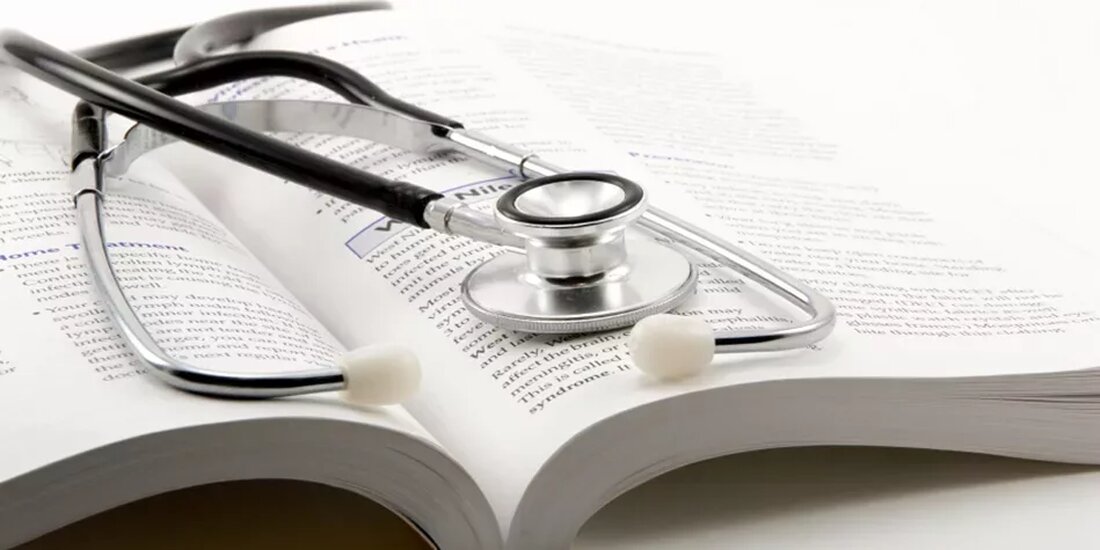reference
Kuehl KS, Perrier ET, Elliot DL, Chesnutt JC. Effectiveness of tart cherry juice in relieving muscle pain during running: a randomized controlled trial.J Int Soc Sports Nutr. 2010;7:17.
design
A randomized, double-blind, placebo-controlled trial in which participants drank a glass of cherry juice twice daily for a week before participating in a relay race. These runners were assessed for pain levels at the start, before the race and after the race.
Participant
54 healthy runners who competed in the Hood to Coast Relay Race in Oregon. The runners were part of 12-person relay teams that completed the 195 miles from Mt. Hood to the Oregon Coast; Everyone ran an average of 26.3 km (±2.5) over the 24-hour period. Of the 54 participants enrolled, 28 received cherry juice and 26 received a placebo drink. A total of 3 participants withdrew before participating in the study
Study medications and dosage
Participants consumed two 10.5-ounce bottles of tart Montmorency cherry juice on each of the seven days before the race and on race day. Each bottle contained the equivalent of 45-50 cherries. The placebo was Kraft fruit punch powder. Juice consumption was stopped after the race.
Main target parameters
Data were collected at three time points during the study: day 1/baseline (7 days before the race), day 7/race start and day 8/race end. Participants self-rated their pain intensity using a standard 100 mm visual analogue scale (VAS), with 0 mm indicating no pain and 100 mm indicating the most severe pain.
Key findings
It shouldn't be surprising that everyone was in pain at the end of this grueling race, although it appears that the group that drank cherry juice complained less than those who drank the placebo. Those who drank the cherry juice reported a significantly smaller increase in post-race pain (average post-race increase of 12 mm in the cherry juice group, compared to an increase of 37 mm in the placebo group). The relative post-race pain reduction in the cherry group (25 mm lower VAS than placebo) suggests that tart cherry juice provides a protective benefit against the acute muscle pain caused by distance running.
However, these results are not as clear as they sound. There was actually no statistical difference between the groups in terms of pain scores on competition day - 22.6 mm (10-35.2,P< 0.05) for cherry juice drinkers compared to 45.3 mm (24.8–65.8,P<0.001) for the placebo group.
The cherry drinkers started with significantly higher baseline pain scores. Although the participants were supposedly randomized, this initial difference suggests that they were not. To prevent cross-contamination (i.e. people swapping drink bottles and accidentally drinking cherry juice or placebo during the race), entire teams were assigned to one drink. This likely explains the significant difference in initial pain scores. This detail should not affect the results of this study.
This is just the latest in a series of studies on cherry juice and muscle recovery after exercise that suggest similar benefits. Connolly et al. reported in June 2006 that a tart cherry juice mixture prevented symptoms of muscle damage.1In their study, participants performed elbow flexion exercises halfway through an 8-day period while drinking 12 ounces of cherry juice twice daily. Two weeks later, the participants crossed the border and tried the same exercise again. Loss of strength and pain were significantly lower in the cherry juice arms of the study compared to the placebo group.
In October 2009, Howatson et al. about the effect drinking cherry juice had on marathon runners.2Twenty runners drank cherry juice five days before, the day, and two days after a marathon. The cherry juice drinkers regained their isometric strength more quickly. Their inflammatory markers were also significantly lower (IL-6,P<0.001; CRP,P<0.01; Uric acid,P<0.05). Total antioxidant status was approximately 10% higher in the cherry juice group than in the placebo group.
Taken together, these studies confirm the growing perception that cherry juice is a useful tool for preventing pain and inflammation, although these studies focus on a specific form of injury (e.g., exercise-induced muscle injury and pain). Cherry juice can serve as an adequate substitute or substitute for aspirin or nonsteroidal anti-inflammatory drugs (NSAIDs) in many situations, but without the side effects or health risks associated with these medications. Cherry juices and cherry concentrates are increasingly available in health food stores. Many commercial cherry growers now sell food-grade cherry juice concentrates (8:1 concentrates) directly to the public over the Internet. These concentrates make it even easier to take therapeutic doses of cherry polyphenols and anthrocyans.
Cherries as an extract or juice should be considered for both acute and chronic pain; They can provide convenient and affordable pain relief.
Cherries as an extract or juice should be considered for both acute and chronic pain; They can provide convenient and affordable pain relief. We should note that most patients find these concentrates and juices tasty and effective for pain relief.

 Suche
Suche
 Mein Konto
Mein Konto

